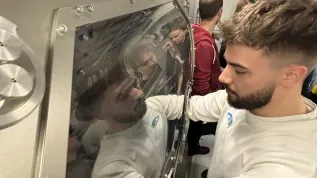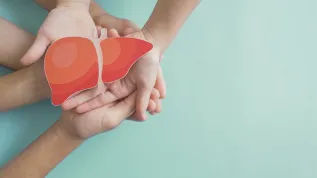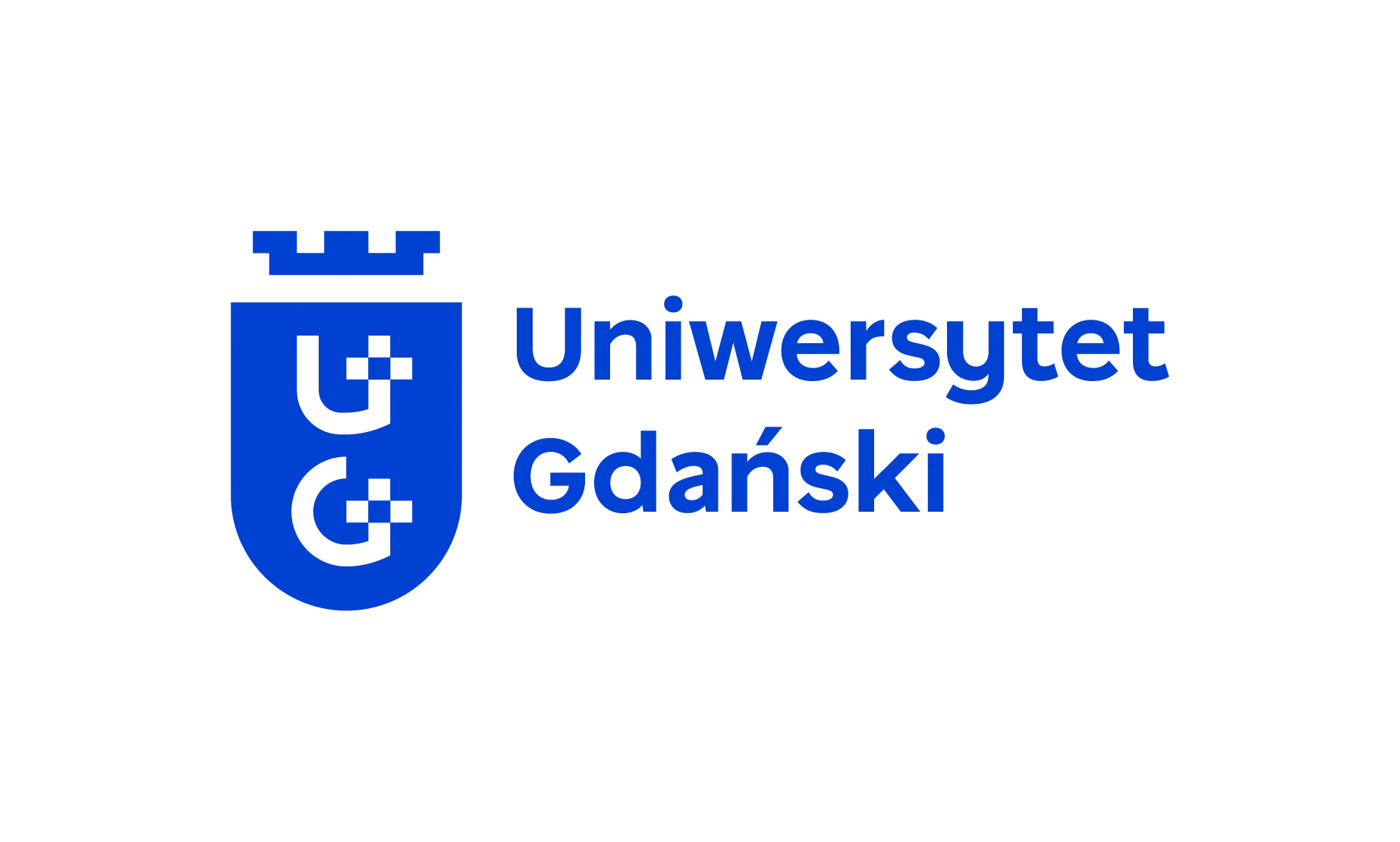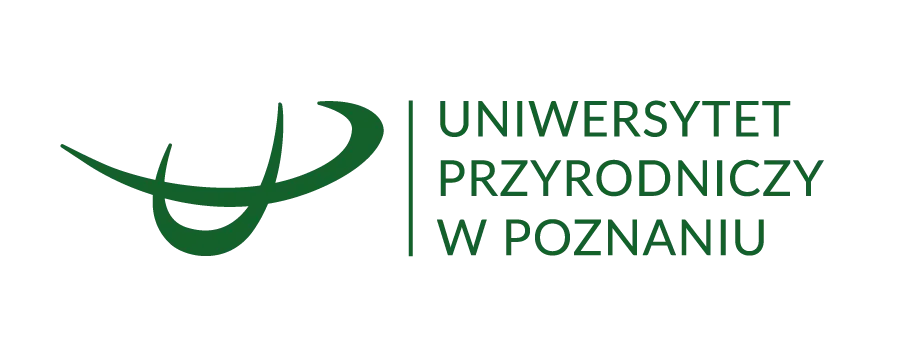
The Twardowsky 2 rocket, over 4 m long, is the largest such build in the history of the Warsaw University of Technology Student Astronautical Club. Students are currently finishing the production of the last components and testing and integrating all parts of the rocket. Final tests are planned for the summer.
Twardowsky 2 is a sounding (suborbital) rocket - one that is used to perform measurements at high altitudes, and for educational purposes. The main task of Twardowsky 2 is to lift a CubeSat (miniature satellite) payload to an altitude of up to 9 km, the university reports on its website.
Work on the recently presented rocket has been ongoing since January 2023. The design is being developed by approx. 30 members of the Rocket Section of the Student Astronautical Club at the Warsaw University of Technology; a total of around 40 people have been involved in the project.
The students are currently completing the production of the last components and testing and integrating all parts of the rocket. 'We plan to conduct the final tests, including the second static engine test, telemetry reception, and the recovery system in full configuration, during the summer', says team member Szymon Krupa, quoted on the university's website.
The new design by the Warsaw University of Technology students consists of five main modules: Recovery; Payload; Avionics; Propulsion; and Tail.
'During the flight, the hybrid engine, working for about 8 seconds, accelerates the rocket to 490 m/s, allowing it to reach an apogee of up to 9 km. At this point, the stabilizing parachute is released, then the payload is ejected and then, closer to Earth, the main parachute is released. Thanks to this, both the rocket and its payload can be safely recovered after the mission', explains the project coordinator Eliza Łapińska, quoted by the university.
The students have used many new solutions in Twardowsky 2, e.g. a hybrid drive of their own design, with 5.8 kN of thrust (this is the second strongest engine in the history of the Club; the engine can lift over half a ton), the possibility of early engine shutdown, an active pressurization system and an innovative spring mechanism for holding and ejection of the payload.
According to the release, the rocket is distinguished by its modular design (which allows all modules to be easily replaced, configured and tested), advanced avionics (full redundancy, i.e. increased operational reliability and the use of aviation standards) and integrated and advanced ground systems (supporting remote refuelling, control and ignition, with a strong emphasis on safety).
The students also used modern production technologies. 'The rocket fuel (a cylinder with a special geometry channel called a grain) is produced in a wheel using 3D printing, thanks to which we do not have to outsource grain milling or casting to external companies', says Piotr Łyżwa, the chief engineer of the propulsion unit.
If the last tests are successful, the students' next plans include taking part in international student rocket competitions such as the European Rocketry Challenge (EuRoC) in Portugal (qualification for the 2025 edition has already been achieved) and the Spaceport America Cup in the United States. (PAP)
PAP - Science in Poland
akp/ agt/













